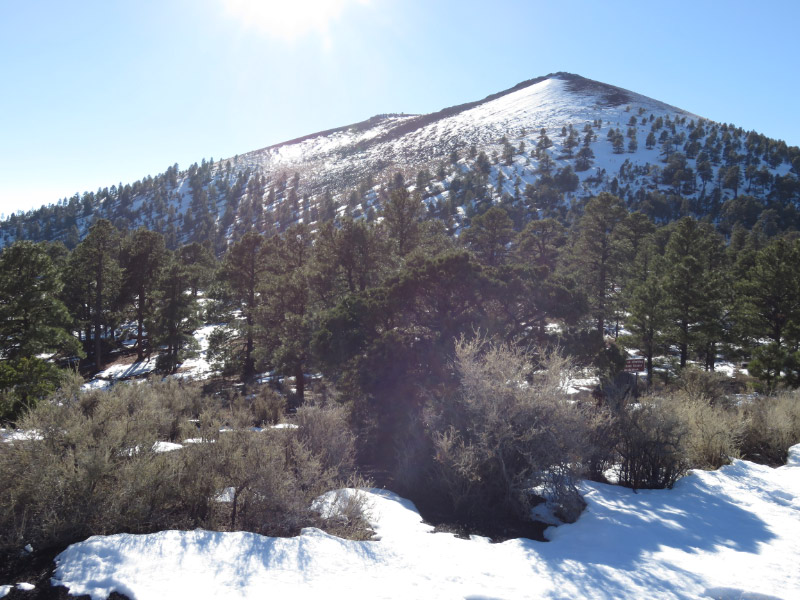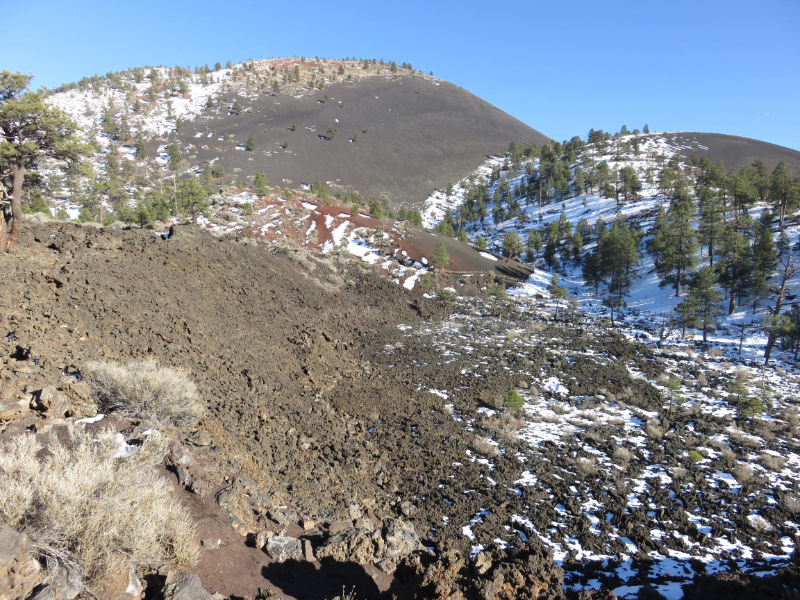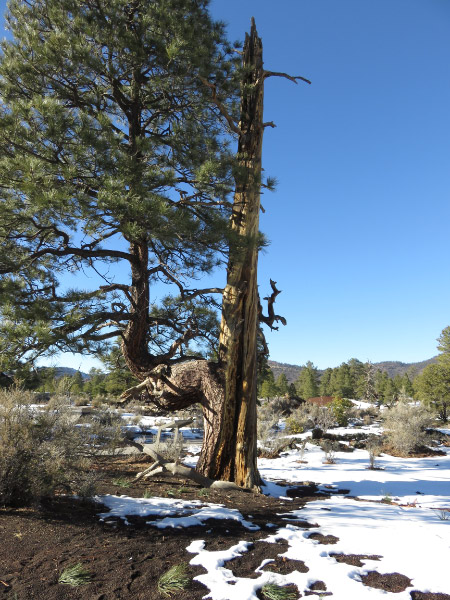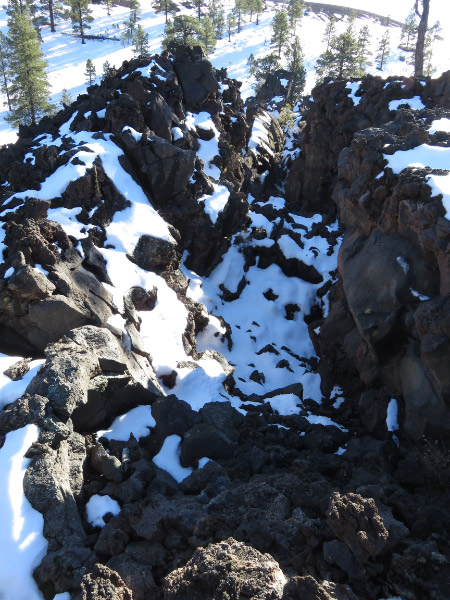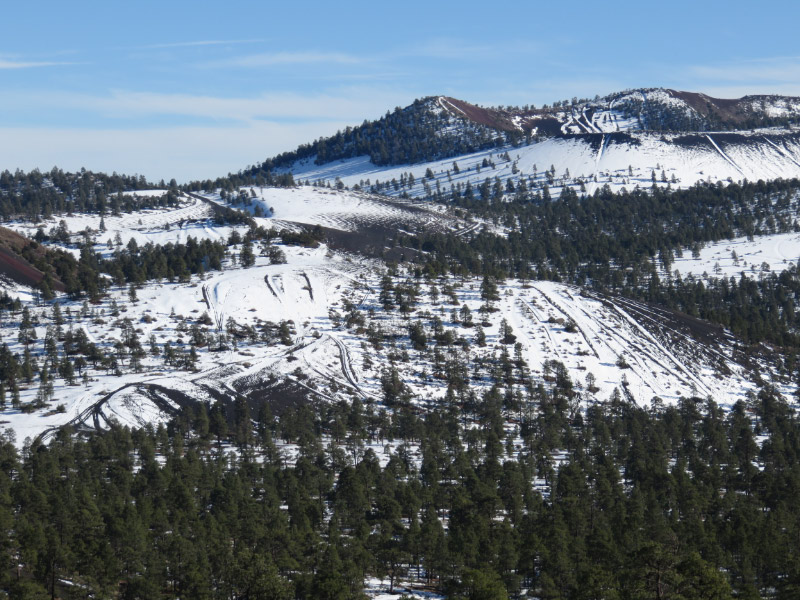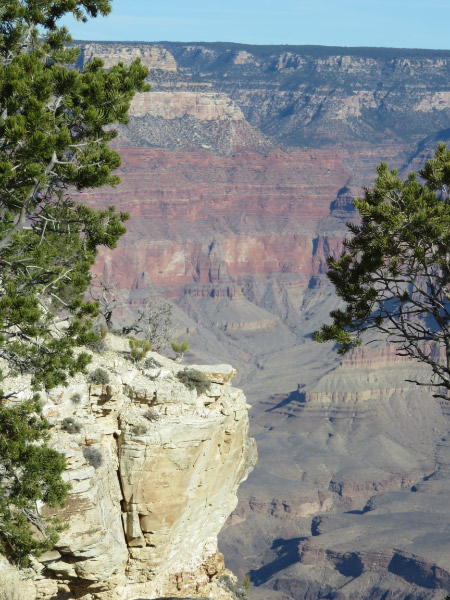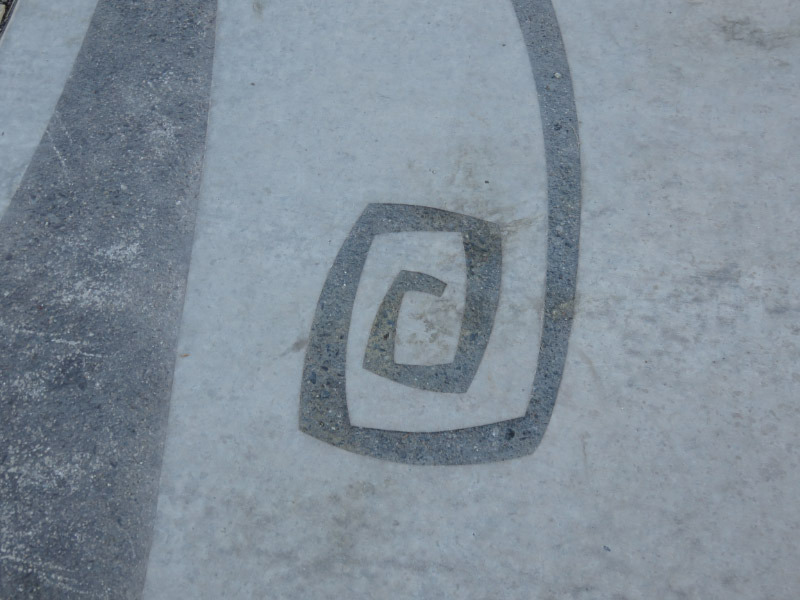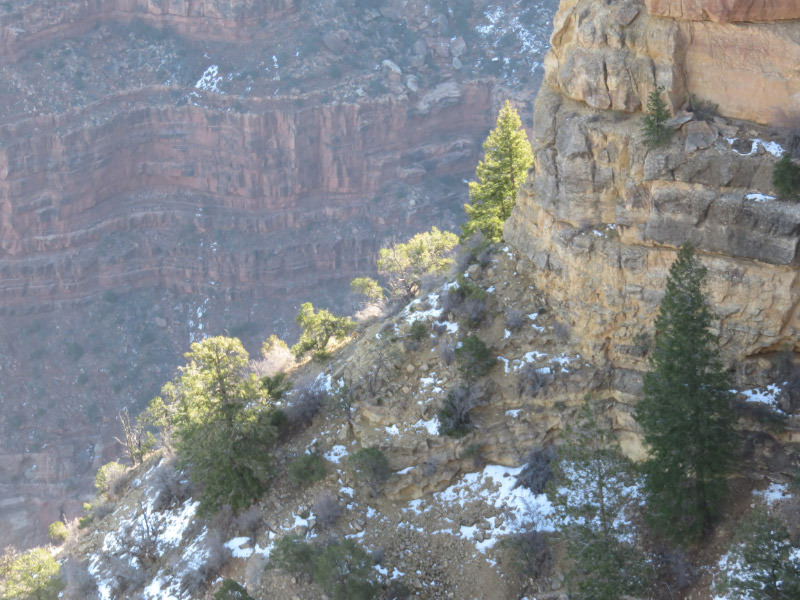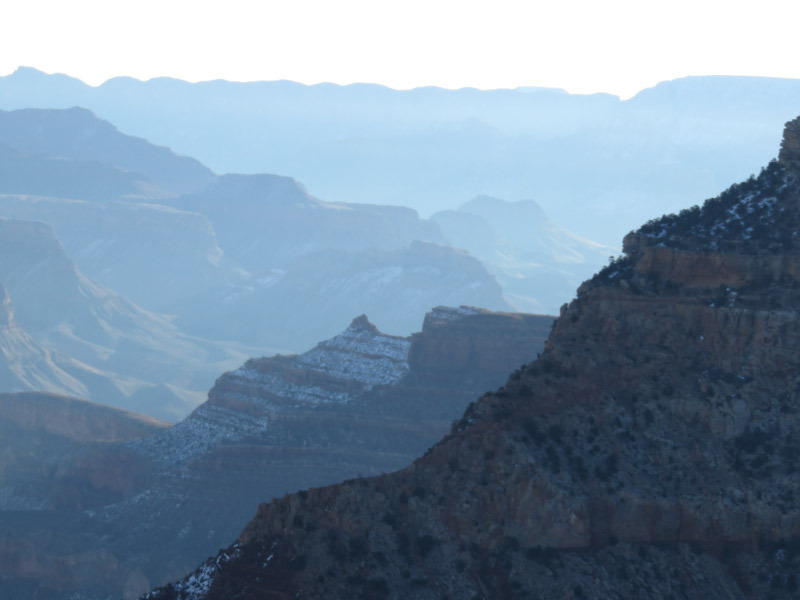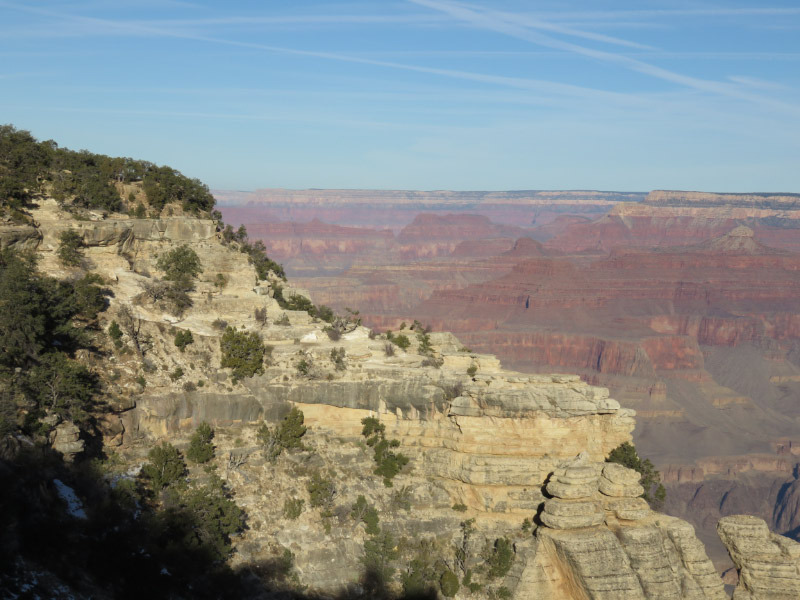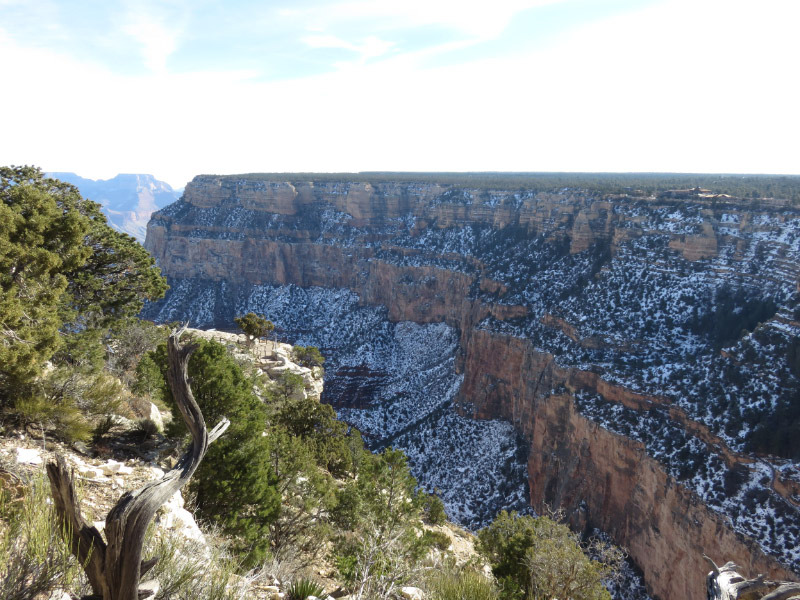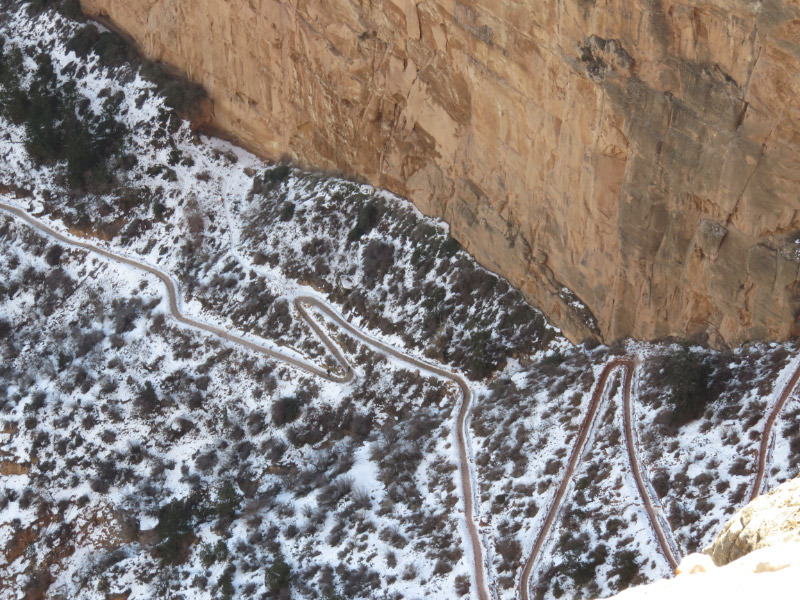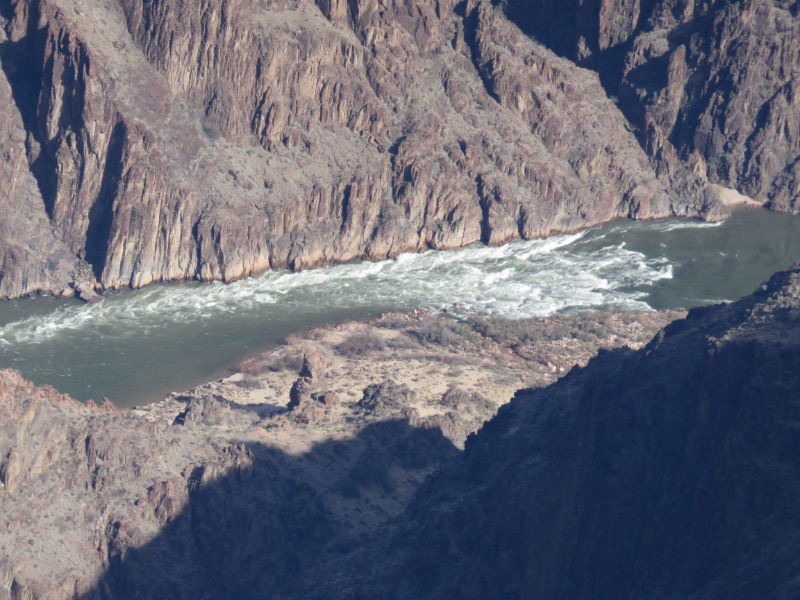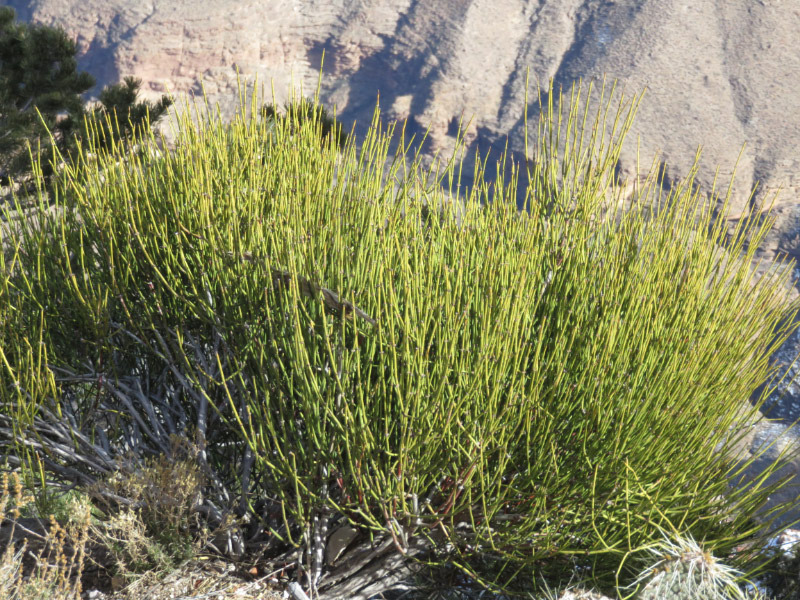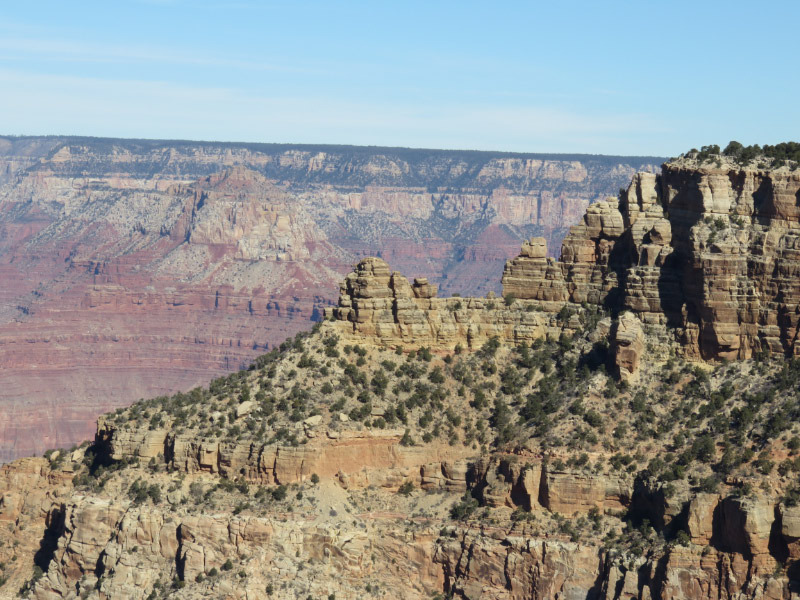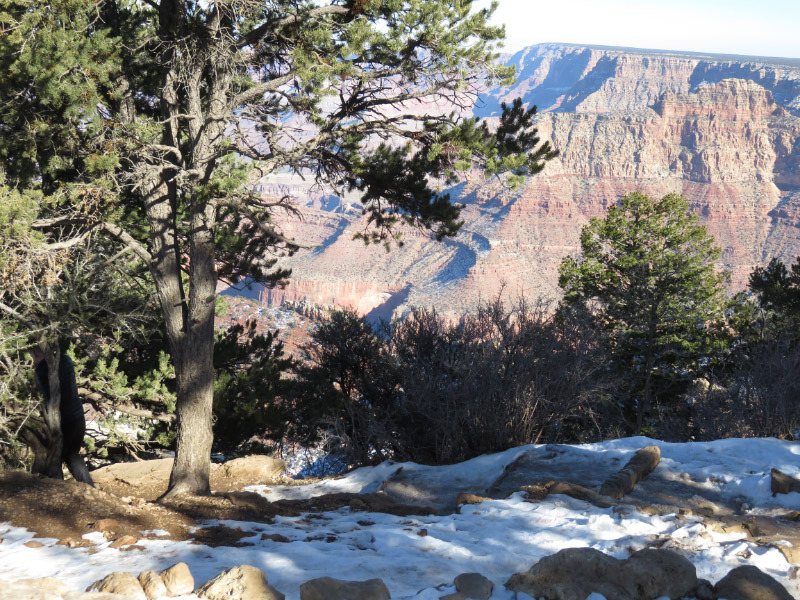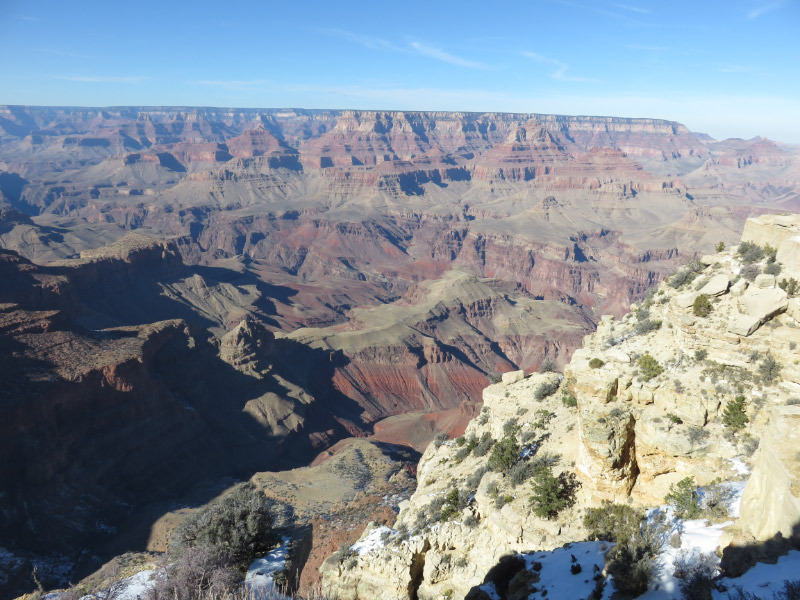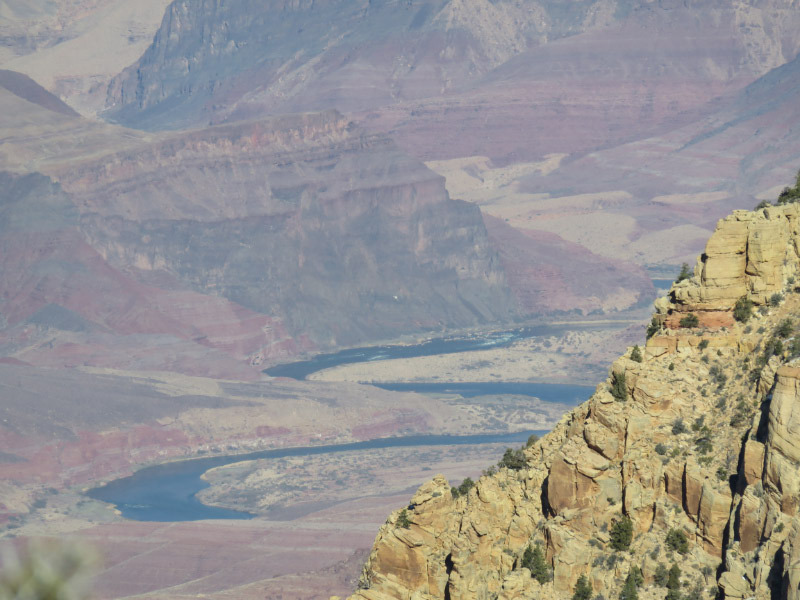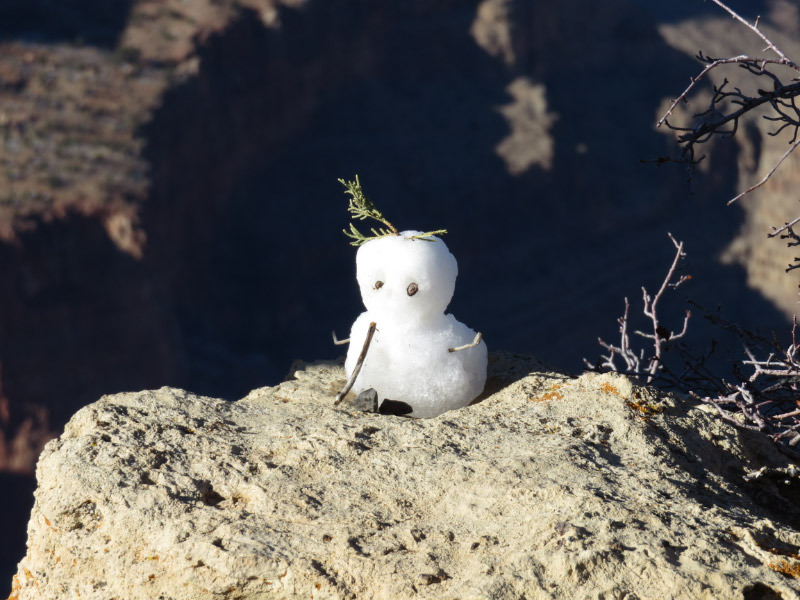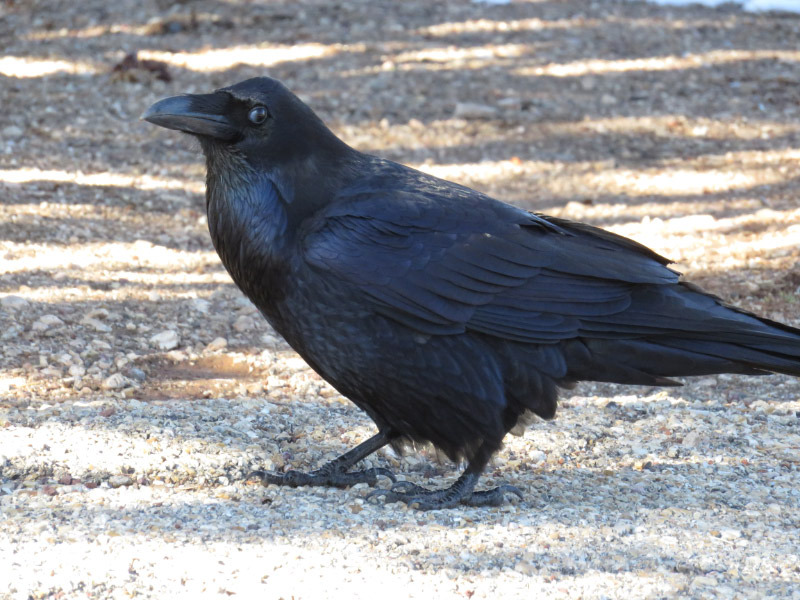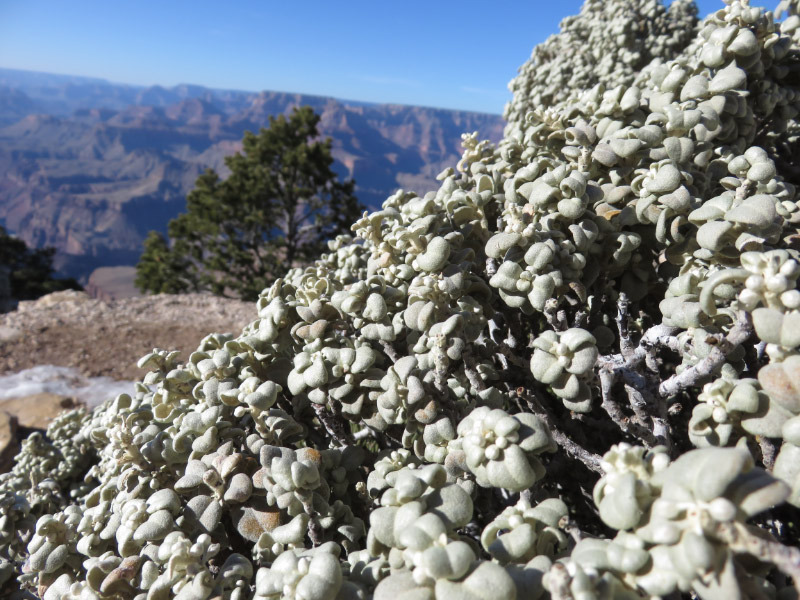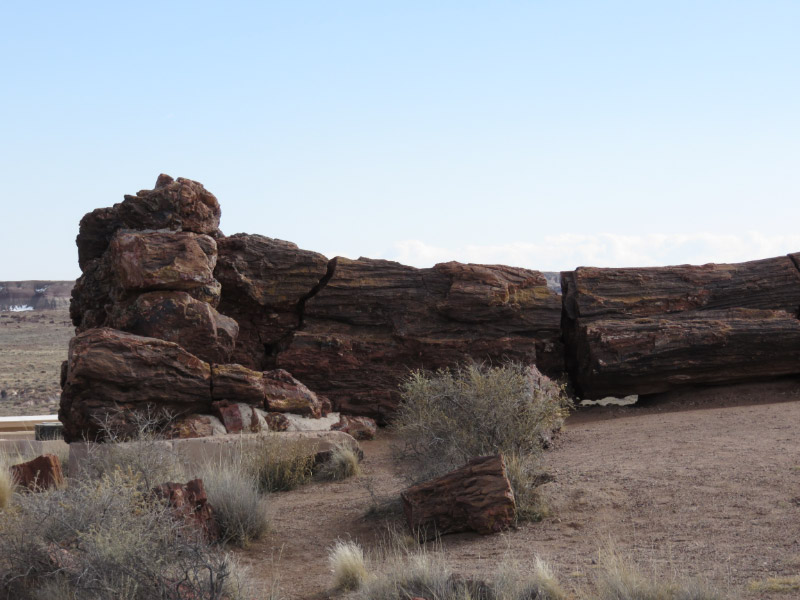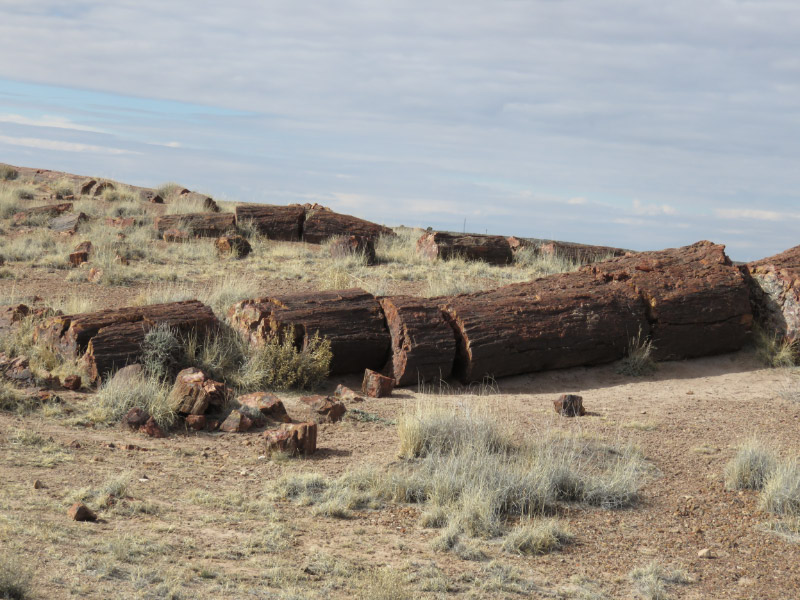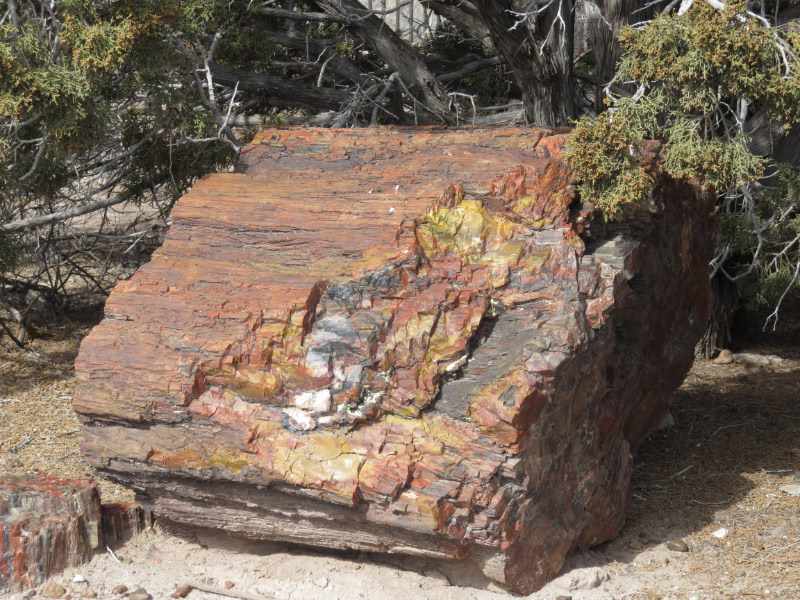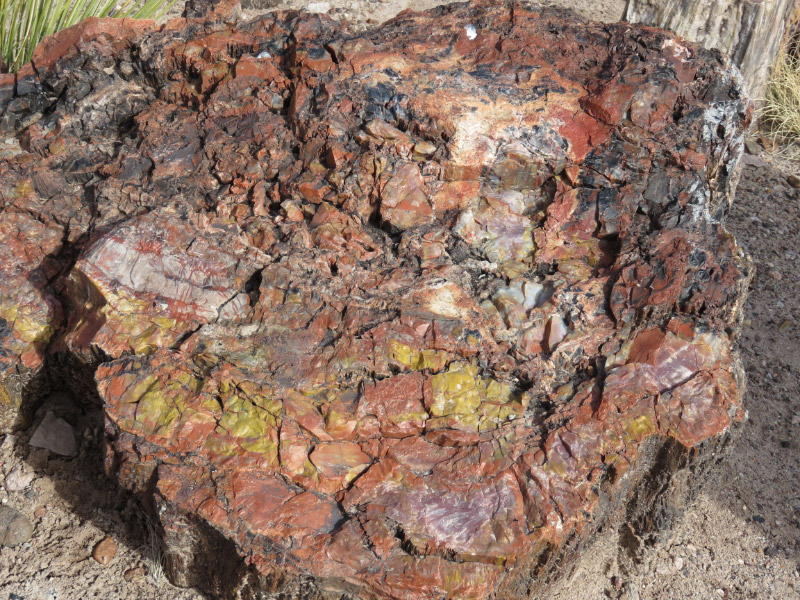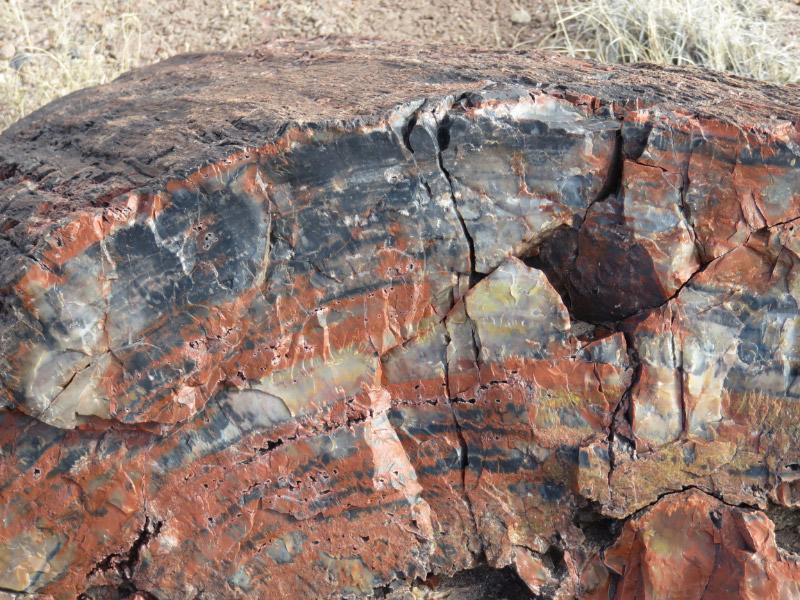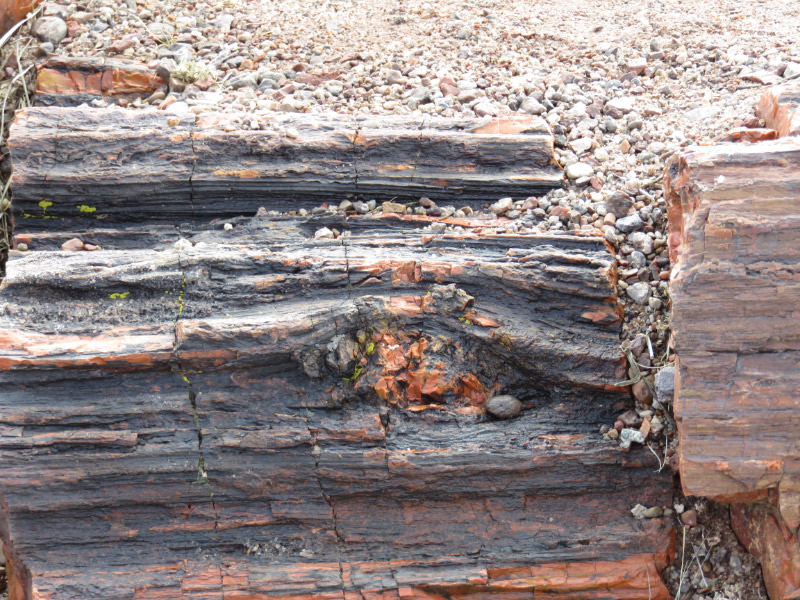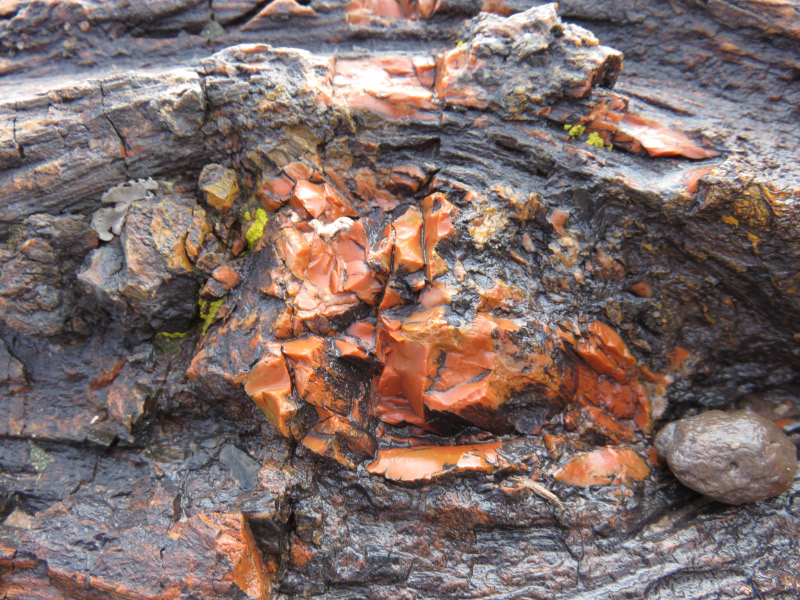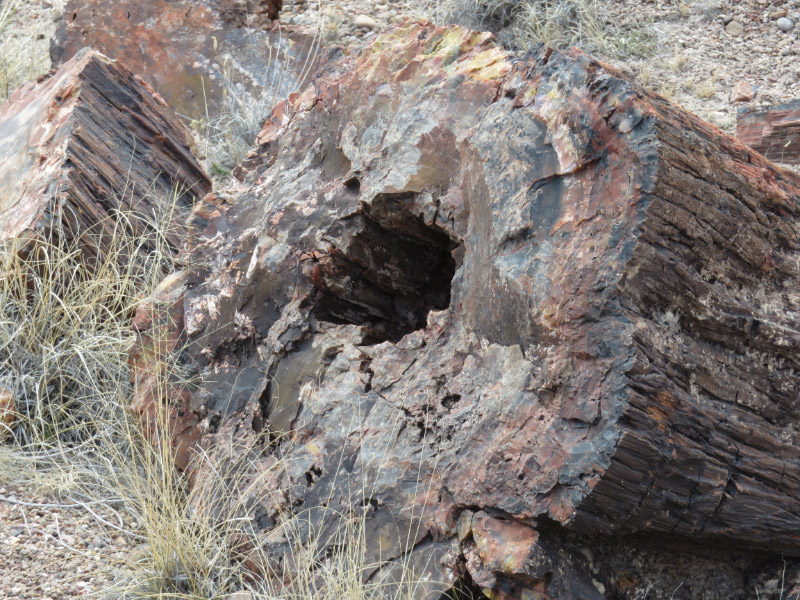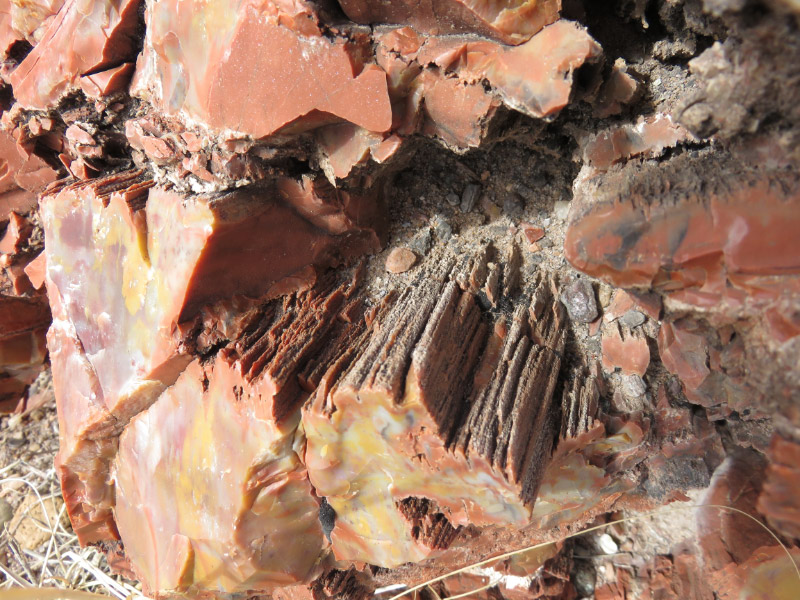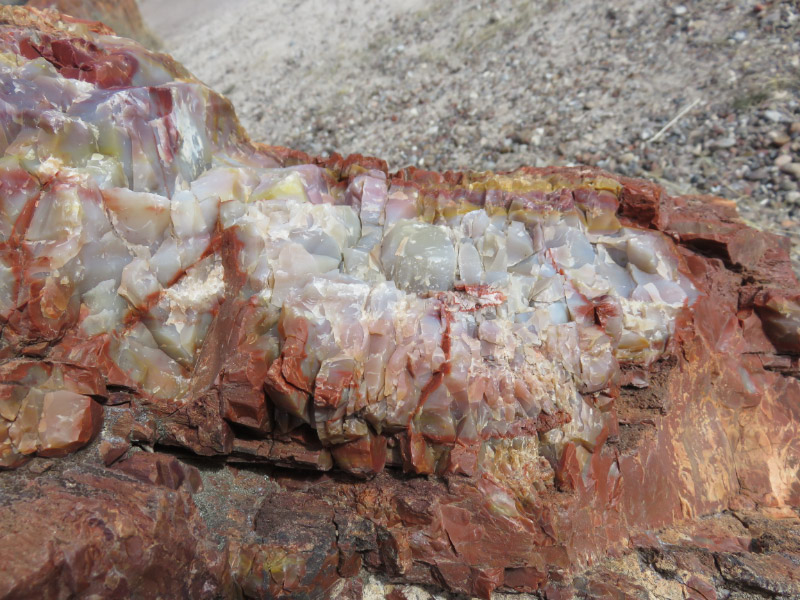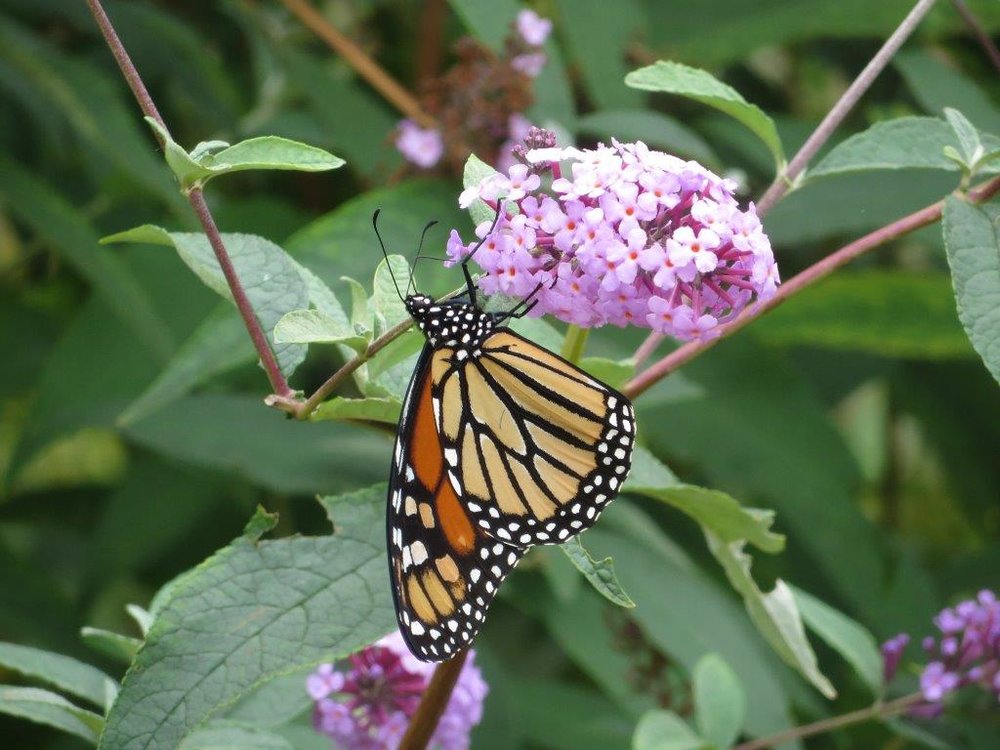Wupatki National Monument
/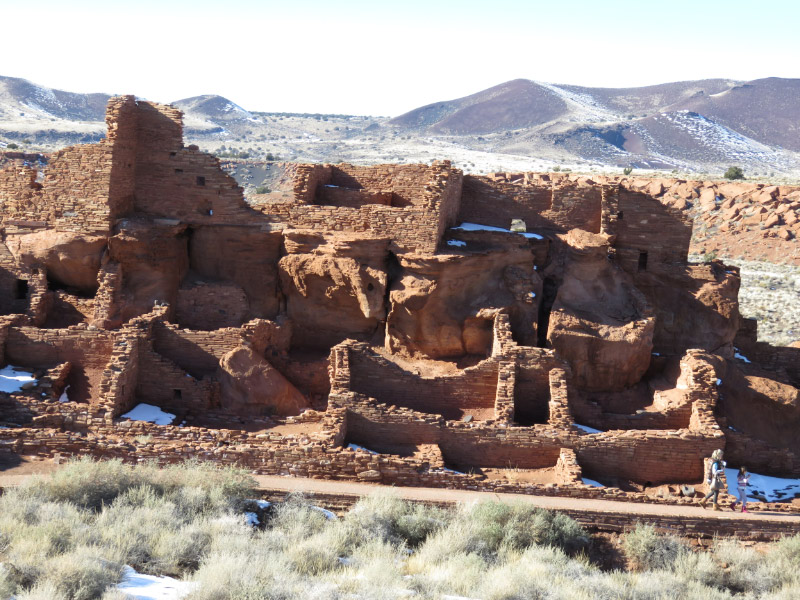 The first time I visited Wupatki it was a very hot June day and I can remember taking the short walk around the site vividly. I drank almost all the water I had with me and got very hot….and the walk to the ruins is short - within sight of the visitor’s center. In January - it was cold and breezy with snow still on the ground. We didn’t need to carry water although I did refill my water bottle and drank most of it as we drove away; high altitude and dry air is dehydrating even if it is cold.
The first time I visited Wupatki it was a very hot June day and I can remember taking the short walk around the site vividly. I drank almost all the water I had with me and got very hot….and the walk to the ruins is short - within sight of the visitor’s center. In January - it was cold and breezy with snow still on the ground. We didn’t need to carry water although I did refill my water bottle and drank most of it as we drove away; high altitude and dry air is dehydrating even if it is cold.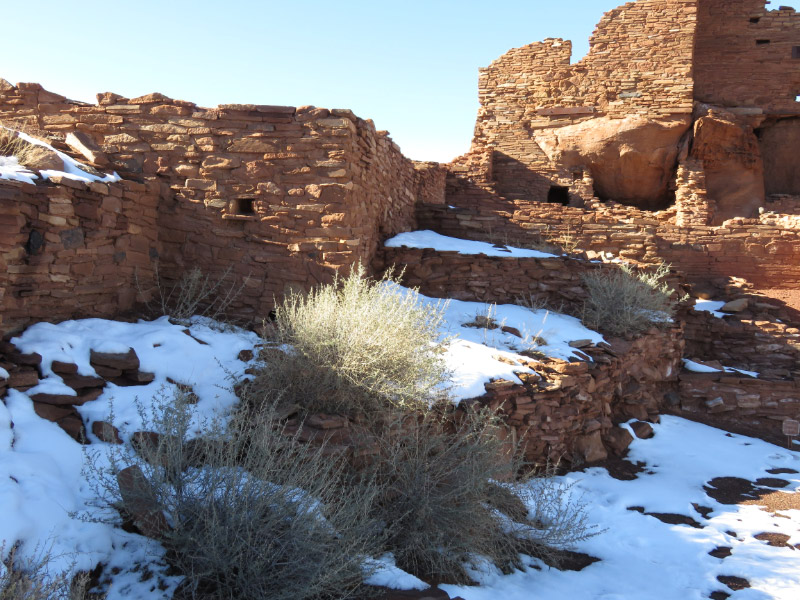

It is easy to visualize how the ruins could have been homes. They are a neat cluster of walls even today. The stone walls often incorporate larger boulders of the site.
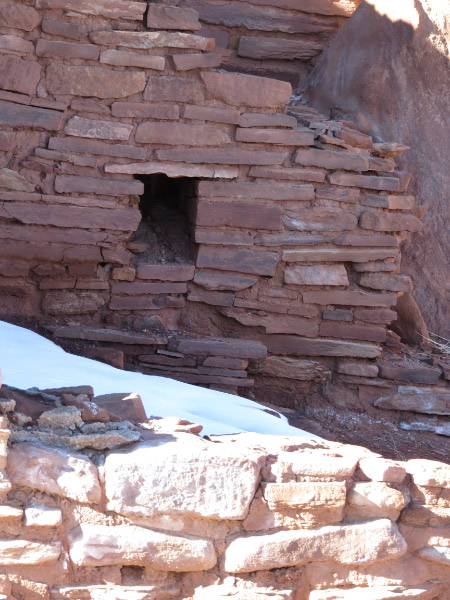 Sometimes the lintels above the windows and doors held….and sometimes they didn’t.
Sometimes the lintels above the windows and doors held….and sometimes they didn’t.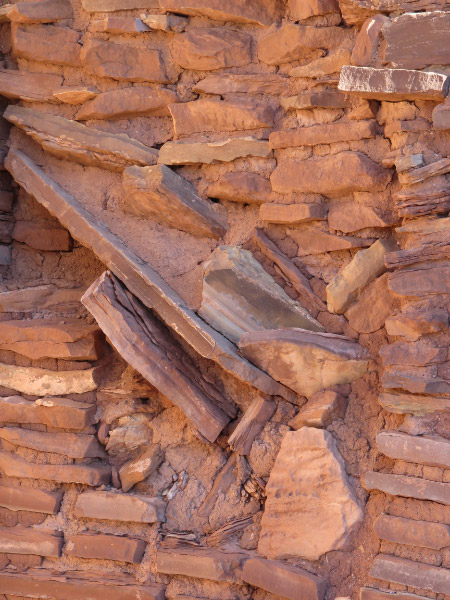
There is a community room in the center of the settlement in a natural depression that still held some snow. Further away there was a ball court.
The old wildlife I saw was a very cold rabbit sitting in the sun. Note the pock marks (like mini-potholes formed wind and sand) and striations on the rock above the rabbit.
Next time I go to Wupatiki I want to plan more time to see some of the other areas...but I enjoyed this area near the visitor center even more than I did the first time around.

